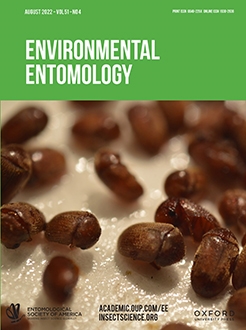Many insects have been studied over wide geographical areas to determine whether they follow Bergmann's Rule, which predicts that animal clades or populations should have smaller body sizes in warmer climates. While this ecogeographic rule is well supported in mammals and birds, insect latitudinal sizes can show Bergmann, converse Bergmann, or no size clines at all. Museum collections are typical sources of data for insect clines, and long-term collections should reflect rising global temperatures and shifting climates, possibly producing temporal size clines along with any geographical clines. We hypothesize that insects with Bergmann clines geographically will show Bergmann-like clines temporally as well, and that the converse and inverse of this rule are also true. By looking at museum samples going back a century, we tested whether Anomala expansa expansa (Bates, 1866), a species of Scarabaeidae beetle common in lowland Taiwan, was experiencing long-term changes in body size in response to rising temperatures. We found that overall, the size of these beetles increased over time. Within Taipei populations, this increase was correlated with rising average yearly temperatures. The impact of this pest species' rising size with time will need to be monitored, and temporal size clines in other pests need to be investigated.
Graphical abstract






